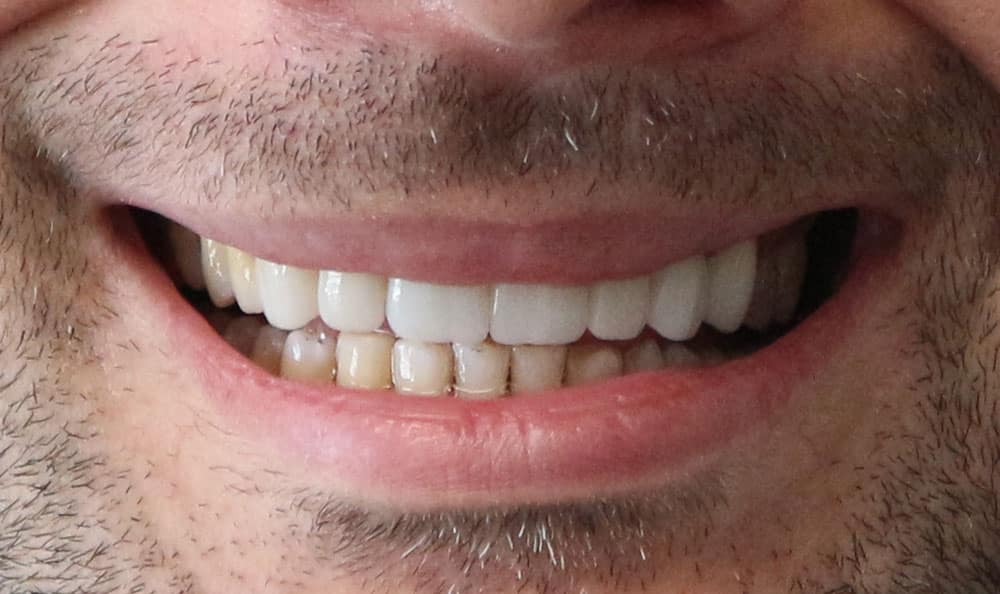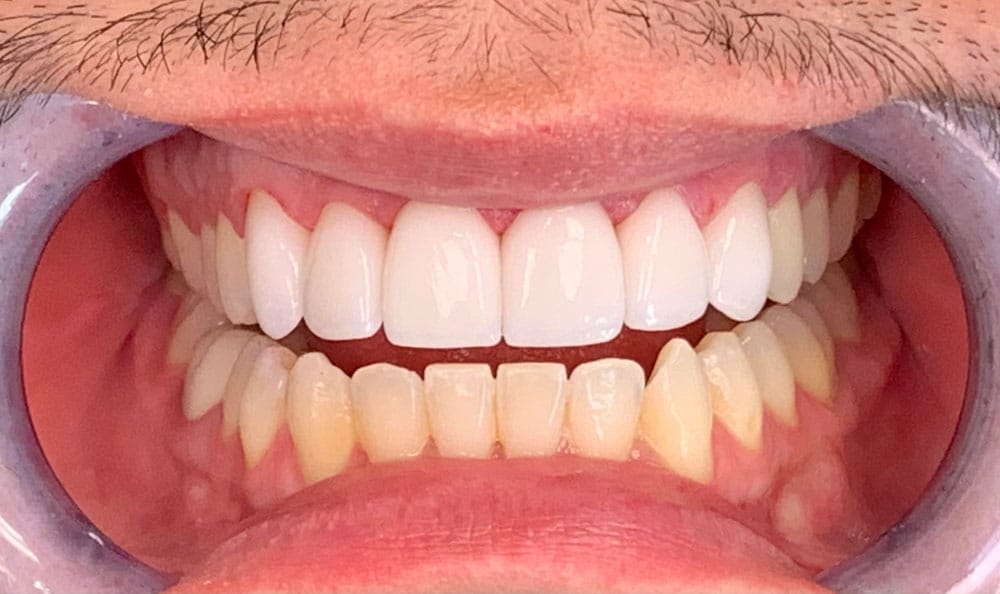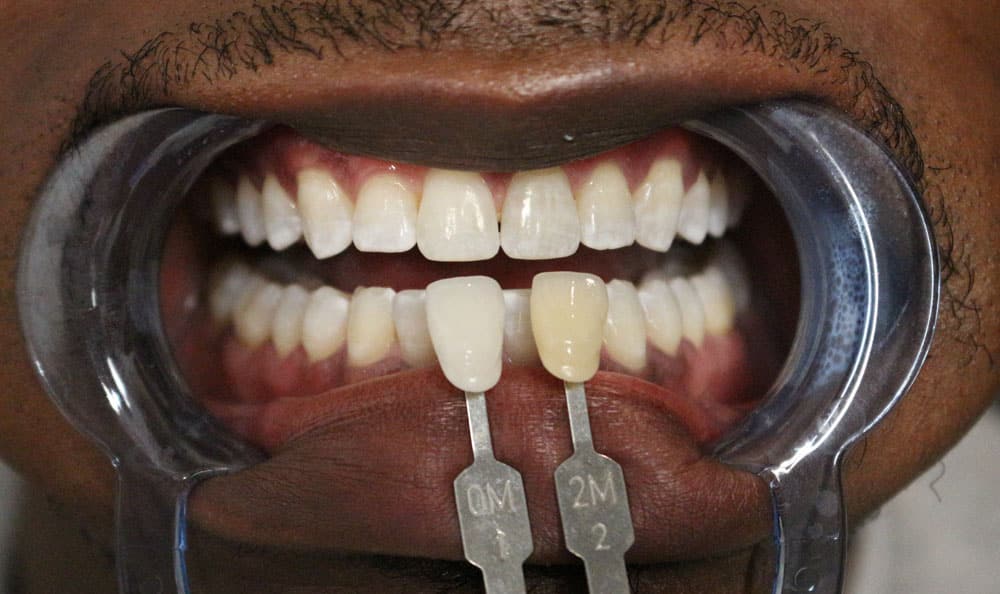Are you someone who has decayed and stained teeth and then, in this situation, takes it seriously as this might cause other oral infections in your teeth? This will also demotivate and degrade your confidence in the audience.
Continue reading the article to acknowledge the advantages of tooth filling.
What is tooth filing?
In the tooth filling process, the damaged and decayed are removed by drilling into them, then filled and packed with the solution known as filling material. The drilling process does the traditional way of tooth filling.
Moreover, the process has now been adapted and upgraded with laser treatment technology.
This type of treatment is painless and also gets finished in a short period.
Another advantage of laser treatment is that it will not require regular checkups, and no routine appointments must be met. Some dentists also use gels that can dissolve the infected tissue.

Which are the different types of filling?
Nowadays, technology has brought multiple changes in medicines and treatments, bringing different types of dental fillings that have a purpose accordingly. The different types of dental fillings are :
● Gold filling
This is made in the laboratory and then cemented into the place. The purpose of this filling is to handle the gum tissues and the inlays. These can last more than 20 years. This is considered the best filling material and is often costly and might require multiple visits.
● Plastic filling :
These are matched to be the same color as the teeth, and therefore, this is used where a natural appearance. These fillings can get stained easily with dark food like coffee, tea, and tobacco, which might not last like the other fillings. The lasting duration of this is approximately ten years.
● Silver Fillings :
This type of dental filling can wear for a longer time. The silver dental filling is more inexpensive than the gold filling. This type of filling might get notified when there is restoration and is not usually used in apparent areas in the audience. This might demotivate you due to its shiny appearance of it.
● Porcelain Fillings:
Sometimes. these are also known as inlays or onlays. This is also formed in the laboratory; these are bonded with the tooth. The cost of the porcelain fillings is almost similar to the gold fillings.
The above different types of dental fillings also depict how much is a tooth filling/ how much does a tooth filling cost, so now you can ensure this with a regular dentist as well.

Advantages of tooth Filling :
- This has long-lasting effects.
- This looks like natural teeth without much change.
- The process is safe and also cost-effective.
- This process can bring a cosmetic smile to the applicant.
- Tooth filling can boost your confidence by bringing a cheerful smile to your face.
- You can also get treatment for chipped tooth filling and cracked tooth filling, which will also boost your self-esteem.
How long does the tooth filling last?
The answer to this will depend on which type of dental filling you are taking. This explains that you are carrying gold, plastic, silver, or anyother because every tooth filling has its own lasting time. But on average, the tooth filling last approximately ten years.
Winding it up :
To maintain your fillings, follow causal oral hygiene practices, and check your dentist regularly or Emergency Dental Clinic twice a year for cleaning and maintaining hygiene. Brush with fluoride-containing toothpaste and floss at least once daily. For additional care, your dentist will take X-rays if they suspect that one of your fillings might be cracked, damaged, or is "leaking," which explains that the filling doesn't fit tightly or evenly against the debris, tooth, and saliva can seep down connecting the filling and the tooth, that can contribute in the decaying.
Article source : https://www.apostolicfashions.com/what-are-the-process-and-advantages-of-tooth-filling/
Discoloration and stained teeth are common dental issues faced by many individuals worldwide, and this condition can cause individuals to lose confidence in social gatherings and events.
A smile is an impression that shows a person's emotions. Having paled and stained teeth with discolorations can lower your confidence and self-esteem to meet or face the world.
Suppose you are hesitant to attend family gatherings, school or college reunions, or other social events due to yellow or discolored teeth. In that case, you should consider getting the best teeth whitening treatment.
Continue reading the article to know further what teeth whitening in houston explains and what are the advantages of teeth whitening.

What are teeth whitening?
The teeth whitening process can also be done at home, and the teeth whitening kit available in the market makes it easier for the performer. Still, the professional teeth whitening procedure you get from a dentist is different as it involves deep teeth whitening. Tooth whitening is the process that removes stains and discoloration from teeth to improve their appearance.
The ingredients or substances in the teeth whitening solutions help bleach the teeth to make them look whiter, including hydrogen and carbamide peroxide.
Now you might be wondering what the purpose of the is teeth whitening bleaching agent. The bleaching agent beaks out the stain in small pieces, which will start becoming light, and slowly, the stain will disappear.
What are the advantages of teeth whitening?
-
- The teeth whitening process makes the teeth look even and familiar.
- This helps to build the confidence of the public, as when the teeth look similar, there are more chances of going to the social gathering on a regular basis, regularly, which will also break outbreak out the fear of facing the crowd.
- The teeth whitening dentist process will enhance the appearance and customize the smile.
- The teeth whitening process is very cost-effective.
What are the reasons for getting the teeth whitening process done?
There might be a few specific reasons for some to get the teeth whitening done. On the other hand, this could also be done in order to maintain personal hygiene. The reasons that contribute to the teeth whitening process are :

-
-
Discoloration of teeth: if you suffer from discolored and stained teeth, you might need a teeth whitening procedure. The common cause of discoloration is plaque deposition and tartar around the teeth. Which then slowly turns into the discoloration of the teeth.
-
-
Special Event or Job Interview: If there is an upcoming event or job interview, marriage, or anniversary in which you're the spotlight, you should visit Emergency Dental Care Near Me In Houston for teeth whitening.
-
-
Enhance Confidence: If you're one of the people that has been low on confidence for years due to stains and discoloration on your teeth, then you should require a smile makeover with the help of teeth whitening.
Conclusion :
We hope you liked the article and now know about the teeth whitening process and the advantages you get after applying the teeth whitening solution.
Article source : https://www.vetteblog.com/what-are-the-advantages-of-the-teeth-whitening-process/
Are you having constant toothache? The reasons for toothache can be many, but persistent toothache can indicate many oral problems. You probably can’t find the reason behind the pain when you visit a dentist for an oral checkup. You may think of many causes for the pain. Still, only a dentist will tell you whether you need a root canal treatment or a regular Toothache Treatment.
Talking to your dentist as soon as you notice a problem is better than treating it with invasive treatment options. Sometimes the reason behind the painful tooth can be the early stage of gum disease called gingivitis. If you also notice that your gums are swollen, bleeding, and red. It can be dangerous if you do not treat it on time. It may cause many oral problems and infection that reaches deep down and deteriorates the tooth bone.
This cannot be removed by daily routine brushing and flossing. Your 24-Hour Dentist Near Me may do root scaling, and planning is to clean your teeth deeply to eliminate the infection and clean the gums and tartar.

Signs You Need A Root Canal:
● Constant Toothache
Constant pain is an indication that there is a Root Canal Infection signs. If the pain is persistent and does not stop when you bite or eat food. Pain in the tooth can indicate that something is wrong with the root of the teeth, and you should visit the dentist as soon as possible.
Your dentist will examine and check the aching tooth to see if your blood vessels or nerves are infected or inflamed. Your dentist may provide some antibiotics to heal the infections and perform a root canal to ease the pain.
● Teeth Sensitivity to Cold or Hot
This is another sign that you may need a root canal treatment if you have tooth sensitivity when you eat or drink hot or cold food. If you experience slight pain, contact your dentist, or it may develop into more extreme pain.
Your dentist may recommend that a root canal can fix the issue of sensitive teeth.
● Swollen Gum
When you notice that the area of your gums is swollen, this can indicate something is wrong with your teeth. Contact your dentist if you see swelling in your gums.
Your dentist will check your teeth and suggest the best solution for swollen gums. Painful and swollen gums can be a little reddish and may be a sign of gum disease.

Your dentist will examine the gums to see if inflammation is the reason for swollen gums. In such cases, a root canal is necessary to fix gum disease or inflamed gums.
● Deep Decay
If your dentist tells you there is deep decay in the tooth surface, then a root canal is the only way to treat the disease. Once deep decay happens, you cannot solve the problem with simple brushing and flossing your teeth and you will need a root canal treatment to treat the disease. So when you see slight root canal infection symptoms, you should run to your dentist.
In Conclusion:
This is why you should visit your dentist twice a year and maintain good oral health by brushing and flossing regularly. Don’t neglect or avoid such issues if you have pain or notice other symptoms. Book an appointment with Urgent Dental Care Near Me if you have oral problems.
Article source : https://www.healthymindz.com/when-do-you-need-a-root-canal-therapy/





